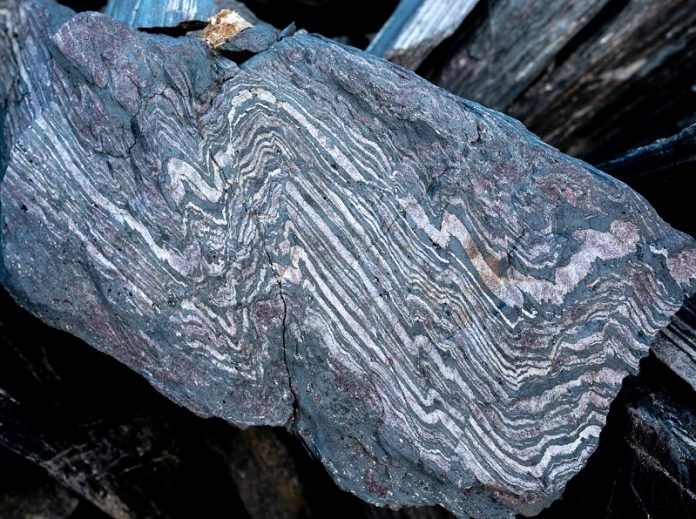
Researchers from the University of Oxford and MIT have made a groundbreaking discovery, uncovering the oldest known evidence of Earth’s magnetic field.
Published in the Journal of Geophysical Research, the study reveals a record dating back 3.7 billion years, showing that Earth’s magnetic field has remained surprisingly consistent over time.
Earth’s magnetic field is crucial for protecting life by shielding us from harmful solar radiation and charged particles from the sun.
Until now, the exact origin of Earth’s modern magnetic field had been uncertain.
The team examined ancient rocks from Isua, Greenland, which contain iron particles that act like tiny magnets, preserving information about the strength and direction of Earth’s magnetic field when the rocks formed.
Remarkably, rocks dating back 3.7 billion years showed magnetic field strengths similar to those observed today, indicating a stable magnetic field since ancient times.
Lead researcher Professor Claire Nichols explains, “Extracting reliable records from rocks this old is extremely challenging, but it was exciting to see primary magnetic signals emerge when we analyzed these samples in the lab.
This is a crucial step in understanding the role of Earth’s magnetic field during the emergence of life.”
While the magnetic field strength has remained constant, the solar wind, which interacts with Earth’s magnetic field, was much stronger in the past. This suggests that Earth’s magnetic field provided less protection against solar wind billions of years ago, potentially influencing the development of life on land.
Earth’s magnetic field is generated by the movement of molten iron in the outer core, driven by buoyancy forces as the inner core solidifies. During Earth’s early formation, the inner core had not yet solidified, raising questions about how the early magnetic field was sustained.
These findings suggest that the mechanism driving Earth’s early magnetic field was as efficient as the process generating Earth’s magnetic field today.
Understanding changes in Earth’s magnetic field over time is essential for determining when Earth’s solid inner core formed. This knowledge is crucial for understanding processes such as plate tectonics and heat flow from Earth’s interior.
Athena Eyster, a co-author of the study, notes, “A significant challenge in studying ancient magnetic fields is that geological processes can alter preserved signals.
Fortunately, the unique geology of the Isua Supracrustal Belt allowed us to gather clear evidence of Earth’s magnetic field 3.7 billion years ago.”
These findings may also shed light on atmospheric changes over Earth’s history, such as the mysterious loss of xenon from the atmosphere more than 2.5 billion years ago. Scientists suspect that Earth’s magnetic field played a role in removing charged xenon particles from the atmosphere.
In the future, researchers aim to explore other ancient rock sequences to further understand Earth’s magnetic field before the rise of oxygen in the atmosphere. This knowledge will deepen our understanding of planetary magnetic fields and their role in supporting life on Earth.



